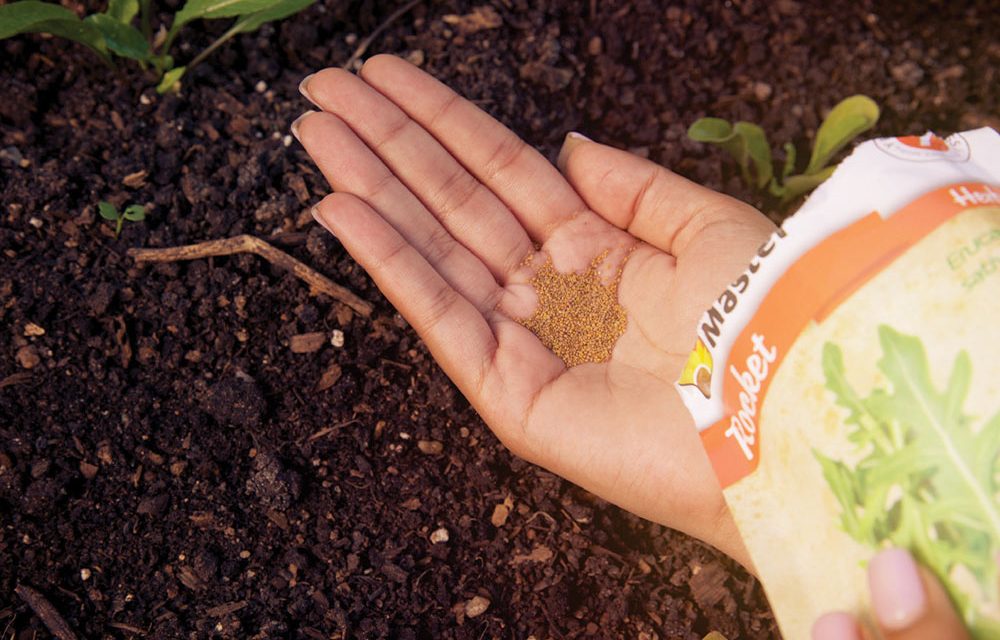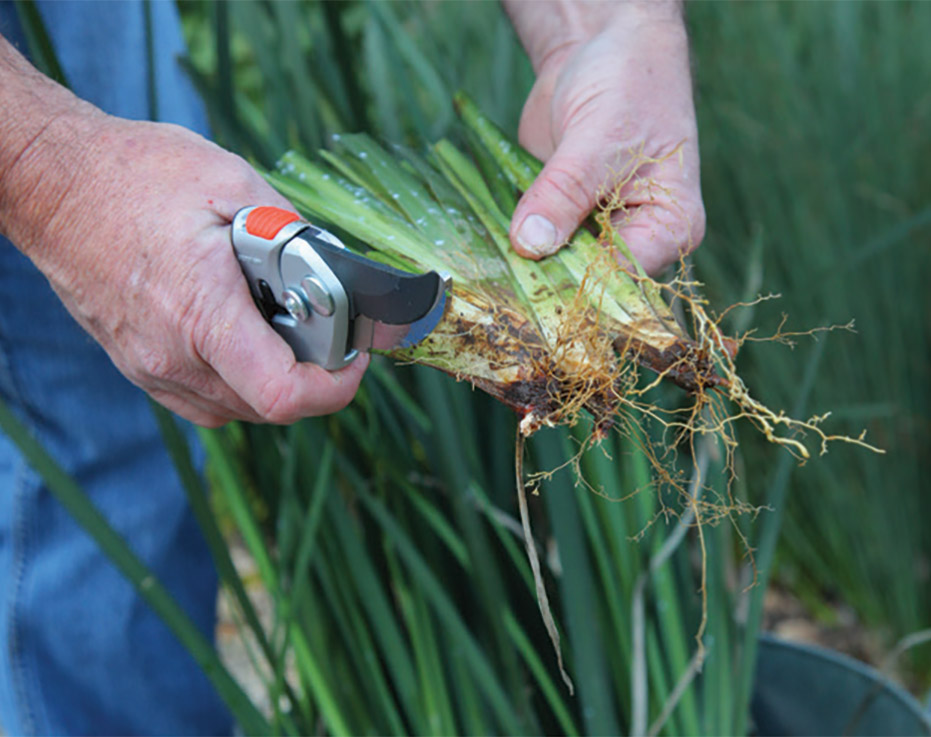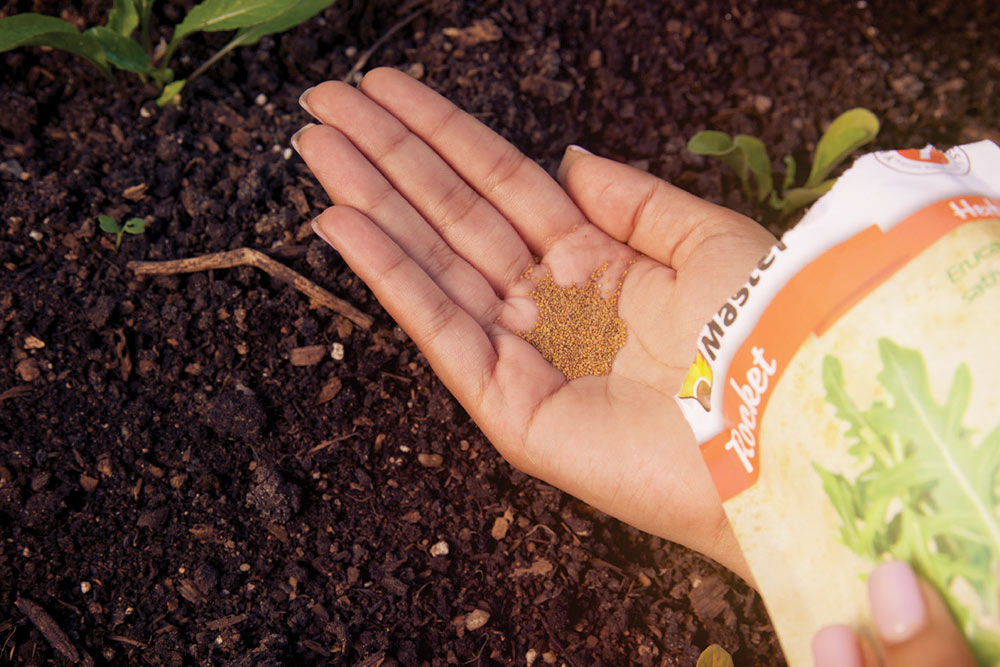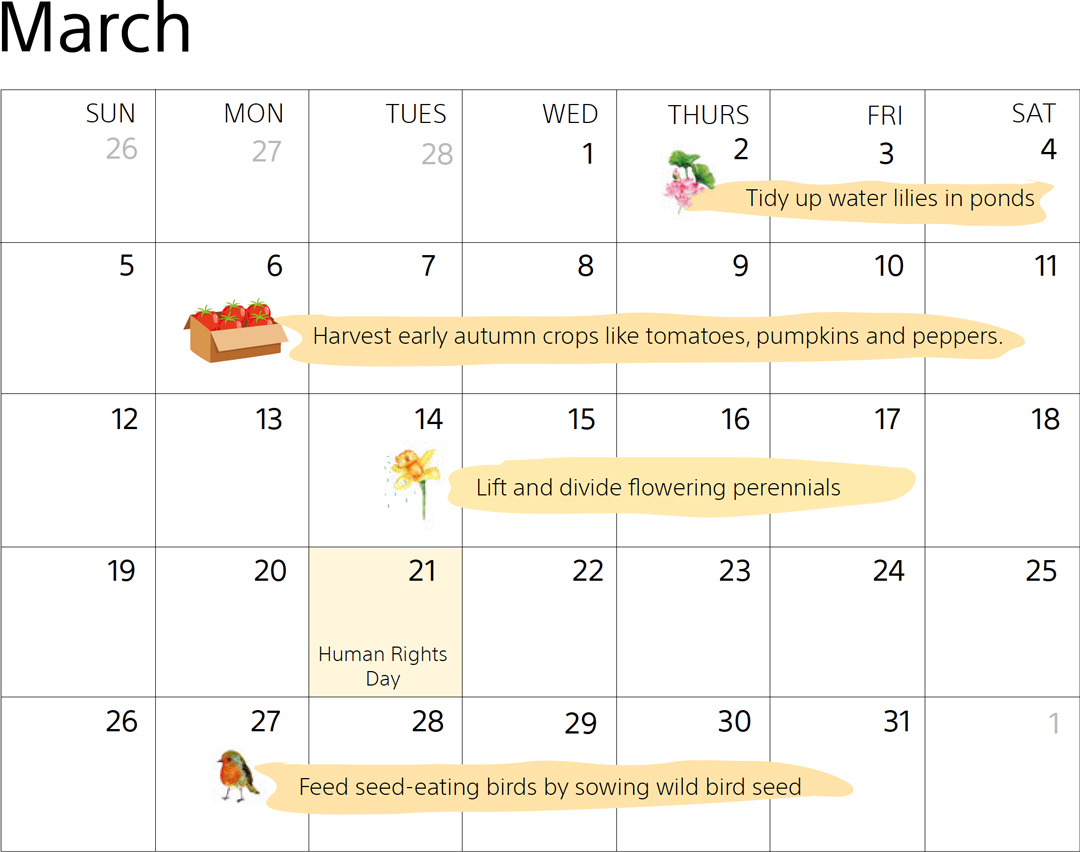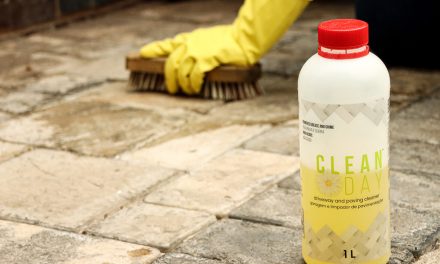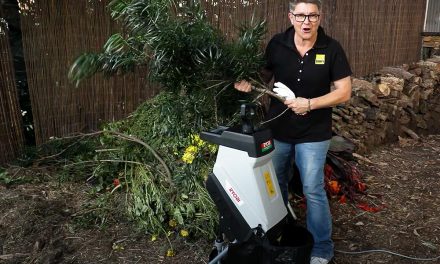March
Things to do in the garden:
Autumn is a great time of the year to clean up and add compost to beds for the next batch of plants. Remove spent plants and rake the area well to reduce the chance of pests and diseases. Plant a cover crop if you are not using the area for winter veg. If you have some free space, plant quick-growing greens like spinach, mustard, kale, lettuce and any of the Asian greens.
Order a bulk load of compost and spread it in thick layers over all your existing plant beds. Don’t dig it in – simply leave it on top to supply nutritious mulch that will slowly feed and condition the soil with the help of micro-organisms.
It is time to plant new roses as they will be in full autumn flush, giving you the opportunity to choose those that suit your colour scheme. Their roots will have ample time to settle before winter.
Divide daylilies and dietes once their major summer-flowering flush is over. Lift the plants using a garden fork and split them into individual segments. Cut the foliage back so that each plant is about 20 cm high. Prepare the soil with bonemeal and compost before replanting. Plant the new splits about 15 – 20 cm apart.
Sow veggies like broad beans, beetroot, cabbages, carrots, cauliflower, celery, leeks, lettuce, onions, peas, radishes, spinach (Swiss chard) and turnips.
Now is also a good time to plan and prepare new planting. Add lots of compost and bonemeal and work it into the soil to spade depth. Your hard labour will be rewarded with friable soil throughout autumn, which is the best time to plant.
Sow new lawn seeds or overseed existing lawns with winter lawn grass.
Clear up the first autumn leaves to fall. Use them to make your own compost or simply distribute them in the garden as mulch around established trees and shrubs.
There is plenty of material to add to the compost heap as summer flowering annuals and vegetables are removed.
Get weeds under control as their growth rate slows.
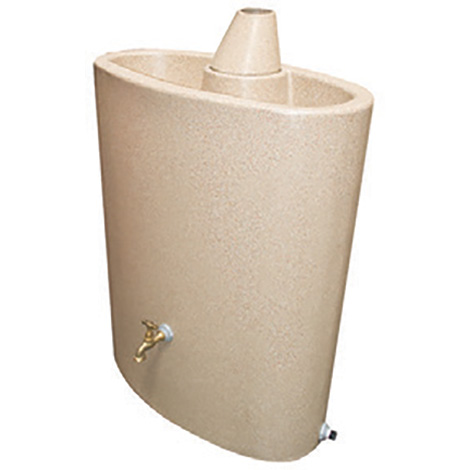
The smallest rainwater harvesting system will make a difference. The Garden Master 300 ml Rainwater Harvesting Tank is ideal for collecting and storing small amounts of water.
Credits
Referenced from Garden Master: Autumn / Winter Garden Calendar

